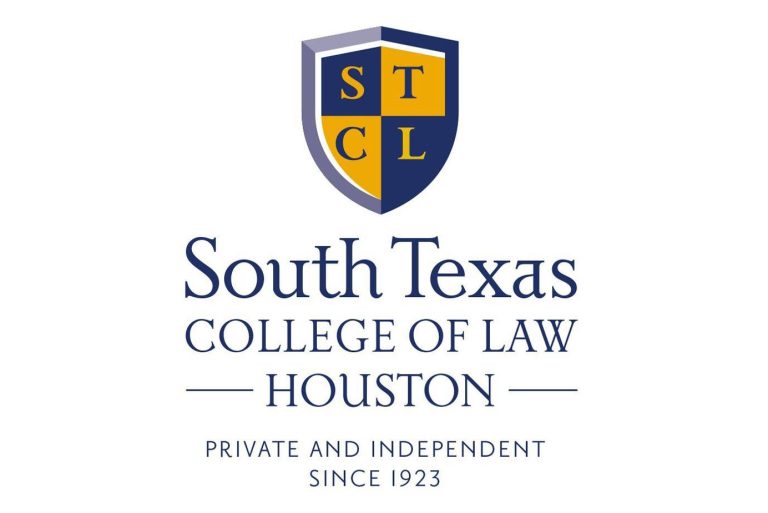 by Geoffrey Corn
by Geoffrey Corn
Gary A. Kuiper Distinguished Professor of Law
Jury selection in Ahmaud Arbery murder trial has many scratching their heads to understand how the jury that will judge this case includes only one African American in a community that is one-third African American? The answer exposes a problem with our criminal justice system that lawyers and judges have long understood: it is still too easy to stack a jury based on race.
The defense team used what is called the peremptory challenge to exclude numerous African Americans from the jury pool. This type of challenge has a long history in American criminal jury selection – and an equally long taint of racial discrimination.
Unlike a challenge for cause, the peremptory challenge allows each party to a criminal case to remove, for any reason whatsoever, a defined number of potential jurors from the jury pool. With this broad power, prosecutors have used the peremptory challenge to systematically exclude African Americans and other minorities from criminal juries for no apparent reason other than their race.
In 1985 the Supreme Court decided Batson v. Kentucky, known widely as the case that categorically rejected race as a basis for peremptory challenges. Reinforcing the 1965 case of Swain v. Alabama, Batson established a process to test the use of a peremptory challenge to “strike” a minority juror.
The Batson decision flowed from the Court’s recognition of historic abuse of the challenge to discriminate against African Americans, a practice which compromised the fairness of criminal trials and undermined the perception of criminal justice legitimacy.
Thus, Bastson requires a prosecutor seeking peremptorily to remove a potential minority juror to reveal the “race neutral” motive for the challenge. Furthermore, that motive has to be more substantial than speculation or assurance of non-discrimination. Then, in 1992, the Court extended this rule to the defense, as well – meaning that the requirement to provide a “race neutral” justification for a peremptory challenge of a minority juror now applies equally to both the prosecution and defense.
So how can the Arbery judge’s statement that their appeared to be “intentional discrimination” by the defense in the jury selection process be squared with the Batson rule? The answer is simple: Batson is broken, and has been since inception.
The Batson Court, to its credit, tried to strike (no pun intended) a fair balance between preventing discriminatory jury selection and preserving the peremptory challenge. To its credit, the Court properly recognized that the race (and in a subsequent case, the gender) of a potential juror is completely irrelevant to the citizen’s capacity to participate in the criminal justice process. Thus, if race is the only reason a party can offer to justify a peremptory challenge, the justification fails.
But as Justice Thurgood Marshall noted in his Batson concurring opinion, the good intentions of the majority would not end the pernicious practice of discriminatory use of peremptory challenges. Instead, Marshall – a Justice with extensive first-hand experience with the impact of discrimination in the criminal justice process – warned that the Batson procedure would merely require a slightly more creative approach to discrimination by fabricating some facially plausible “race neutral” justification for these challenges in future cases.
This is exactly what appears to have happened in the Arbery murder trial.
Marshall’s solution was prescient: if the Court is serious about eliminating discriminatory use of peremptory challenges, there is only one credible way to do it: eliminate them. And why not? After all, prosecutors and defense counsel would still be permitted to exercise unlimited challenges for cause. But unlike the peremptory challenge, this would require more than just a modest justification to remove a potential juror; it would require genuine “good cause.”
How ironic that the ease by which the Batson requirements can be overcome has been exposed to the nation not by a prosecutor, but by a defense effort to stack a jury with as many white jurors as possible. But beyond irony, this public exposure of the criminal jury selection process proves that Justice Marshall was right.
The integrity of our criminal justice process – and perhaps of equal importance, the perception that this process really does produce justice – will continue to be undermined by tolerating peremptory challenges, especially of minority jurors.
It is time to get rid of the “broken Batson” and eliminate peremptory challenges once and for all.



